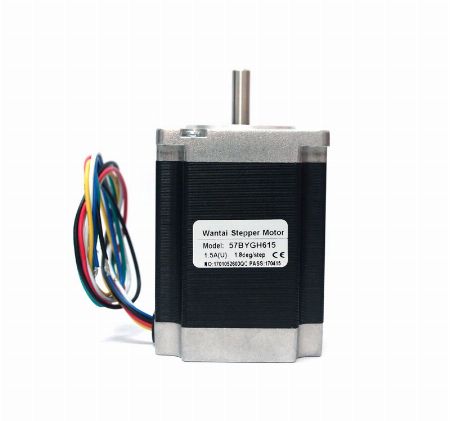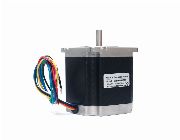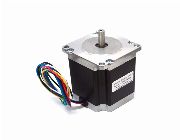1. Please provide your name
2. Please provide your number
3. Please provide your inquiry
Start Chatting in 3 easy steps
No registration required.
No registration required.
365570 ads
We are one of the largest free online selling communities with thousands of active sellers.
307008484 views
Do you have something to sell? Your next sale might be just a few clicks away.
4.7 stars
Based from 898 member feedbacks. We value your suggestions and use it.




Stepper Motor Nema 23 15kg-cm
Our Stepper Motor Nema 23 15kg-cm are great for position control. They can be found in desktop printers, plotters, 3d printers, CNC milling machines, and anything else requiring precise position control. These are a special segment of brushless motors. They are purposely built for high-holding torque. This high-holding torque gives the user the ability to incrementally “step” to the next position. This results in a simple positioning system that doesn’t require an encoder. This makes stepper motor controllers very simple to build and use.
This is a Bipolar stepper
Technical Specification:
Form Factor Nema 23
Step Angle 1.8 deg.
Motor Length 78 mm
Rated Voltage 3 V
Rated Current 1.5A
Holding Torque 15 kg-cm
No. of Lead Wires 6
Motor Weight 1 kg
Advantages:
- Low cost for control achieved
- High torque at startup and low speeds
- Ruggedness
- Simplicity of construction
- Can operate in an open loop control system
- Low maintenance
- Less likely to stall or slip
- Will work in any environment
- Can be used in robotics in a wide scale.
- High reliability
- The rotation angle of the motor is proportional to the input pulse.
- The motor has full torque at standstill (if the windings are energized)
- Precise positioning and repeatability of movement since good stepper motors have an accuracy of 3 – 5% of a step and this error is non-cumulative from one step to the next.
- Excellent response to starting/stopping/reversing.
- Very reliable since there are no contact brushes in the motor. Therefore the life of the motor is simply dependant on the life of the bearing.
- The motors response to digital input pulses provides open-loop control, making the motor simpler and less costly to control.
- It is possible to achieve very low-speed synchronous rotation with a load that is directly coupled to the shaft.
- A wide range of rotational speeds can be realized as the speed is proportional to the frequency of the input pulses.
Disadvantages:
- Require a dedicated control circuit
- Use more current than D.C. motors
- Torque reduces at higher speeds
- Resonances can occur if not properly controlled.
- Not easy to operate at extremely high speeds.
This seller has been a member since: May. 12, 2015
Member Location:
Total Classifieds: 536
Why seller feedback is important?
Transact with most credible & reputable sellers
Know the seller you are going to deal with
Claim warranty long after purchasing the item
Warn you and other buyers against scams
Motivates sellers to provide good service